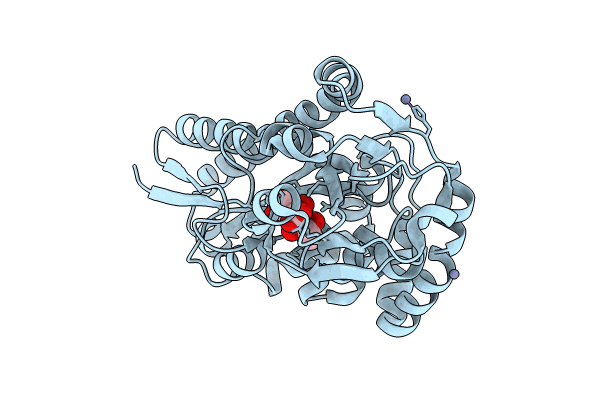
Deposition Date
2023-03-02
Release Date
2023-12-27
Last Version Date
2024-10-16
Entry Detail
PDB ID:
8CP7
Keywords:
Title:
Structure of the disulfide-locked substrate binding protein HiSiaP.
Biological Source:
Source Organism:
Haemophilus influenzae (Taxon ID: 727)
Host Organism:
Method Details:
Experimental Method:
Resolution:
1.90 Å
R-Value Free:
0.25
R-Value Work:
0.21
R-Value Observed:
0.21
Space Group:
I 2 2 2


